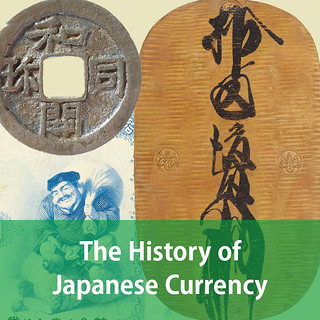
PREV ARTICLE
FULL ISSUE
PREV FULL ISSUE
FEATURED WEB SITE: BANK OF JAPAN CURRENCY MUSEUMThis week's Featured Web Site is the Bank of Japan Currency Museum.The Currency Museum of the Bank of Japan’s Institute for Monetary and Economic Studies collects, preserves, and studies currency and currency-related historical and cultural materials. The Currency Museum is open to the public. The Sempeikan Collection, the core of the Currency Museum’s holdings, comprises the private collection of Tanaka Keibun (1884-1956), a numismatist of old currency. Tanaka collected not only the currencies of ancient to modern Japan but also those of other East Asian countries, mainly China, and a wide range of currency-related materials. The Sempeikan was a museum that exhibited and stored these materials. Its collection was donated to the Bank of Japan in 1944 to prevent its loss amid the destruction of World War II. Organized as a part of the commemoration of the Bank’s 100th anniversary in 1982, the Currency Museum opened in November 1985 to display these materials to the public. We hope visitors have an opportunity to think about the history and role of currency and its relation to culture and society through viewing the Museum’s collection of coins, notes, related materials, and research results.  http://www.imes.boj.or.jp/cm/english/Wayne Homren, Editor The Numismatic Bibliomania Society is a non-profit organization promoting numismatic literature. See our web site at coinbooks.org. To submit items for publication in The E-Sylum, write to the Editor at this address: whomren@gmail.com To subscribe go to: https://my.binhost.com/lists/listinfo/esylum All Rights Reserved. NBS Home Page Contact the NBS webmaster 
|